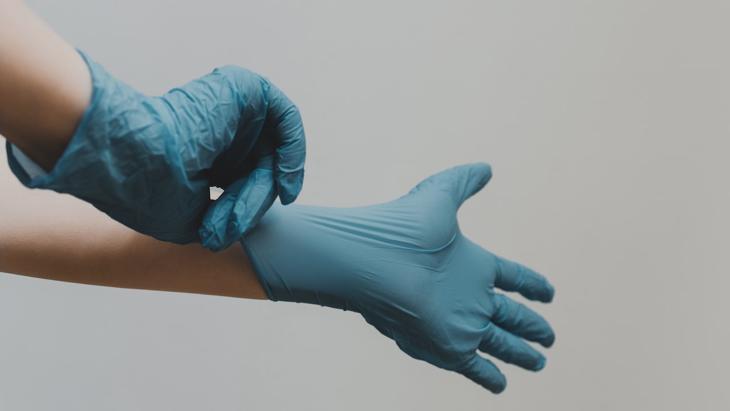Sleep apnea is a serious sleep disorder that causes you to stop breathing while you’re sleeping. It can be caused by a variety of factors, such as being overweight, having a large neck circumference, and having structural problems with your airway. Symptoms of sleep apnea include snoring, daytime fatigue, and difficulty concentrating. If left untreated, it can lead to serious health complications such as heart disease and stroke. Therefore, it’s important to identify the signs of sleep apnea and seek treatment when necessary.
What Is Sleep Apnea?
Sleep apnea is a condition in which your breathing stops during sleep for short periods of time. It can occur multiple times over the course of an hour or even throughout the night. When this happens, oxygen levels in your body drop and carbon dioxide levels rise. This can cause symptoms such as snoring, daytime fatigue (due to lack of oxygen), and difficulty concentrating. In severe cases, it can lead to serious health problems like heart disease or stroke.
Diagnosis
If you suspect that you may have sleep apnea, it’s important to see a doctor for diagnosis. They will likely perform an overnight sleep study at a laboratory or in-home device called a polysomnogram (PSG). This will measure various parameters while you’re asleep including oxygen levels in your blood and brain activity. The results from the PSG will help diagnose whether or not you have sleep apnea and if so what type (obstructive or central).
Treatment Options
Once diagnosed with sleep apnea, there are several treatment options available depending on the severity of the condition:
- Lifestyle changes: These include weight loss if overweight/obese; avoiding alcohol before bed; avoiding sedatives; sleeping on your side instead of stomach; quitting smoking; avoiding sleeping pills; using nasal sprays/drops if congested; exercising regularly
- Continuous Positive Airway Pressure (CPAP): This is considered the gold standard for treating obstructive sleep apnea (OSA). A CPAP machine delivers pressurized air into your airway while you’re sleeping which helps keep it open so that you don’t stop breathing during the night
- Oral appliances: These are custom fitted mouthpieces worn while sleeping that help keep your airway open by repositioning your jaw
- Surgery: In some cases, surgery may be recommended if lifestyle changes or other treatments aren’t effective at treating OSA
Conclusion
Sleep apnea is a serious condition that requires proper diagnosis and treatment in order to avoid complications such as heart disease and stroke. If you suspect that you may have sleep apnea, see a doctor right away for diagnosis and treatment recommendations tailored to your individual needs! 

 The Importance of Eating a Balanced Meal: How to Create a Balanced Plate for Optimal Nutrition
The Importance of Eating a Balanced Meal: How to Create a Balanced Plate for Optimal Nutrition